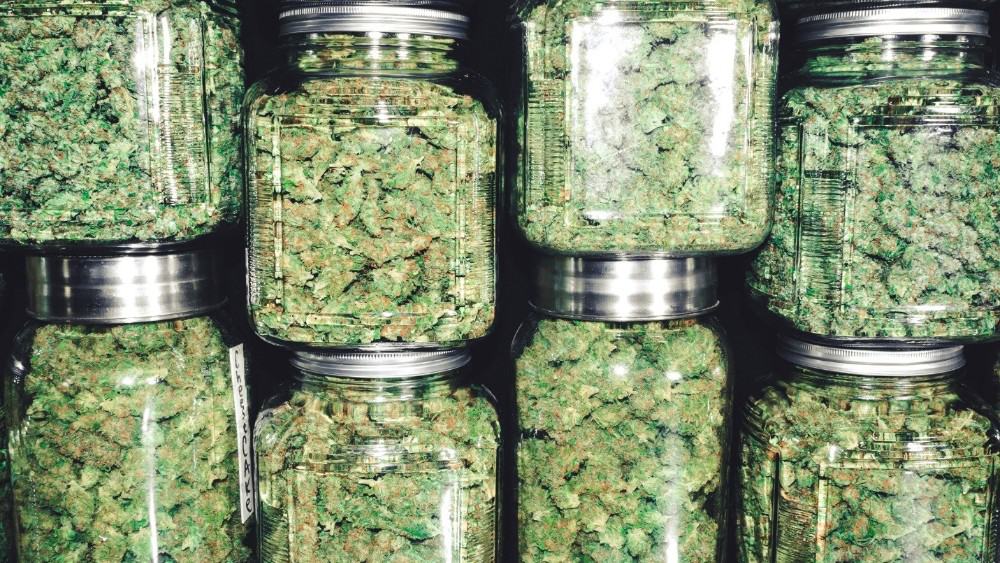Marijuana investors have seen a huge dip in their portfolio value over the last 12 months. Several of them were bullish on pot companies back in October 2018 when Canada legalized marijuana for recreational use. But everything that could go wrong did go wrong.
Cannabis companies, including Hexo (TSX:HEXO)(NYSE:HEXO) have been impacted by a thriving black market, regulatory issues, lower-than-expected demand, high inventory levels, and mounting losses. Hexo shares touched a record high of $11.1 back in April 2019 and have since lost a staggering 94% to currently trade at $0.64.
Hexo lost 27% in a single day this year
On March 30, Hexo announced its fiscal second quarter of 2020 results. It reported revenue of $17 million, which was 17% higher than its Q1 sales. Comparatively, it reported a net loss of a massive $298 million, which was lower than its Q1 net loss of $364 million. This indicated a loss per share of $1.13 in Q2.
In the second quarter, Hexo booked a couple of impairment charges. Hexo stopped production at its Niagara facility. This facility was acquired by Hexo in its Newstrike Brands deal. However, Hexo now wants to sell this facility and reported a goodwill impairment charge of $112 million.
Hexo produced 22,305 kg of cannabis product in Q2, up from 16,107 kg in Q1. However, the average selling price per gram fell from $4.35 to $3.49 in this period. These less-than-encouraging metrics did not impress investors and dragged the stock lower soon after its quarterly result.
Will Hexo follow Aurora Cannabis and enact a reverse stock split
Earlier this week, Aurora Cannabis enacted a reverse stock split to continue trading on the NYSE. According to NYSE’s listing rules, a company’s stock price cannot trade below $1 for more than 30 consecutive trading days. At the time of writing, Hexo was trading at $0.45. It fell below the $1 mark at the end of March and it might soon have to announce a reverse split to maintain trading status on the exchange.
Even if Hexo can bring its share price above $1, it is still grappling with structural issues. According to analyst Bill Kirk from MKM Partners, the Canadian market consumes 180,000 kg of pot annually. The total production of Canadian pot companies far exceeds this consumption. One major reason is the slow rollout of retail stores in major Canadian markets.
Will Cannabis 2.0 save pot companies?
Most cannabis producers, including Hexo, have been impacted by oversupply. However, we know that cannabis-infused edibles were legalized last year and were expected to drive sales in 2020. The COVID-19 pandemic has hurt sales of cannabis products due to countrywide lockdowns. But the long-term demand looks robust.
The North American market for cannabis-infused beverages is expected to be worth over $1.5 billion by 2026. Hexo has partnered with Molson Coors and will soon co-launch a THC-infused beverage in 2020. Hexo has the opportunity to target this high growth space, which might drive top-line growth in the upcoming decade.
The verdict
The cannabis industry is at a nascent stage. However, it is now a crowded space with multiple players trying to gain market share. These oversupply issues might hurt Hexo and peers over the next few quarters.
The multi-billion-dollar opportunity in cannabis is attractive for long-term investors. But there is a good chance that a few marijuana producers might go bankrupt before the market consolidates.








